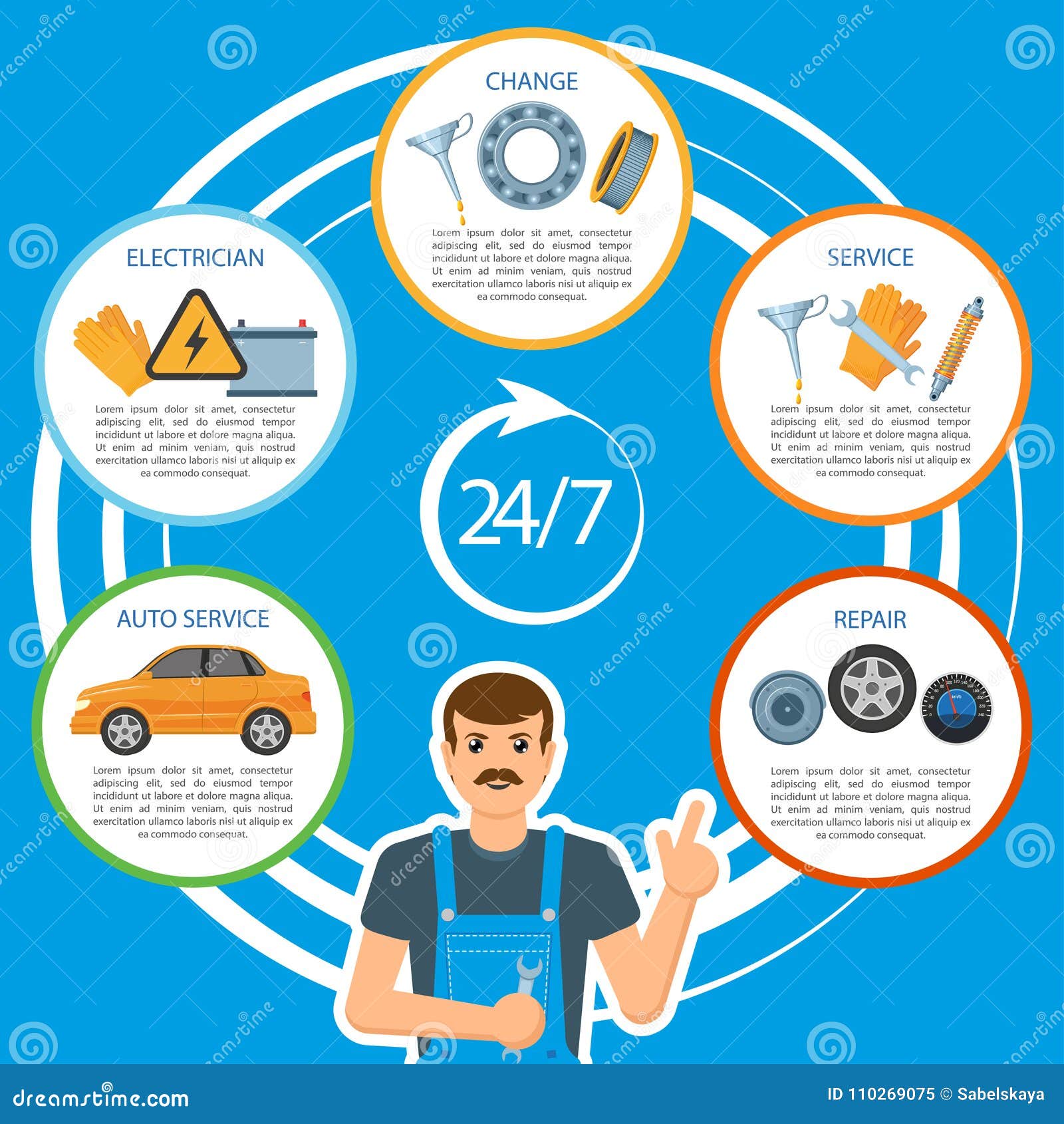Discover The Value Of The Dashboard Warning Lights In Your Auto To Make Certain The Health And Safety Of Your Automobile
Discover The Value Of The Dashboard Warning Lights In Your Auto To Make Certain The Health And Safety Of Your Automobile
Blog Article
Material Author-Hernandez Bishop
When you're behind the wheel, those glowing warning lights on your dashboard can be a little bit bewildering. Do you know what they're attempting to tell you concerning your vehicle's health and wellness? Understanding the relevance of these lights is crucial for your safety and security and the long life of your car. So, the next time one of those lights turns up, would not you intend to analyze its message accurately and take the needed steps to resolve it?
Common Caution Lighting and Interpretations
Identify usual warning lights in your car and comprehend their significances to make sure secure driving.
One of the most regular caution lights include the check engine light, which indicates issues with the engine or emissions system. If this light comes on, it's important to have your automobile examined without delay.
The oil stress warning light indicates low oil stress, requiring prompt interest to prevent engine damages.
A flashing battery light may suggest a defective charging system, potentially leaving you stranded otherwise addressed.
The tire stress monitoring system (TPMS) light informs you to low tire pressure, impacting automobile stability and fuel performance. Overlooking this can lead to harmful driving problems.
The abdominal light suggests a problem with the anti-lock braking system, endangering your capacity to stop swiftly in emergency situations.
Finally, the coolant temperature warning light warns of engine getting too hot, which can result in extreme damage if not resolved quickly.
Comprehending these typical warning lights will certainly assist you address concerns promptly and maintain safe driving conditions.
Relevance of Prompt Interest
Comprehending the common warning lights in your vehicle is only the first step; the significance of without delay attending to these cautions can not be highlighted enough to guarantee your safety when driving.
When a caution light illuminates on your control panel, it's your automobile's way of communicating a possible concern that requires focus. Ignoring https://calcoasttimes.com/2022/05/20/san-luis-obispo-auto-shop-owner-sentenced-to-prison/ can result in extra severe problems in the future, jeopardizing your safety and security and potentially costing you extra out of commission.
Trigger attention to alerting lights can prevent malfunctions and crashes. As an example, a blinking check engine light might suggest a misfire that, if left ignored, can create damage to the catalytic converter. Addressing this immediately can save you from an expensive repair.
Similarly, a brake system warning light could signal low brake fluid or used brake pads, crucial parts for your security when driving.
Do It Yourself Troubleshooting Tips
If you see a caution light on your control panel, there are a couple of do it yourself troubleshooting ideas you can attempt prior to looking for professional help.
The first step is to consult your automobile's handbook to understand what the certain warning light indicates. Often the issue can be as straightforward as a loose gas cap setting off the check engine light. Tightening up https://andersonvqlez.snack-blog.com/30170731/contrasting-diy-vehicle-repair-service-vs-professional-solutions-expenses-time-and-end-results might settle the problem.
Another usual problem is a low battery, which can set off different warning lights. Inspecting the battery links for deterioration and ensuring they're protected may deal with the issue.
If https://brake-places-near-me95162.digitollblog.com/30028407/fall-to-the-world-of-auto-mechanic-accreditations-and-discover-just-how-they-can-boost-your-cars-and-truck-treatment-experience lingers, you can attempt resetting it by detaching the automobile's battery for a couple of mins and afterwards reconnecting it. In addition, inspecting your car's liquid levels, such as oil, coolant, and brake fluid, can help troubleshoot warning lights connected to these systems.
Verdict
Finally, comprehending your vehicle's warning lights is essential for maintaining your automobile running smoothly and safely. By quickly resolving these signals and understanding what they imply, you can prevent pricey repair services and possible breakdowns.
Remember to consult your vehicle's handbook for certain information on each cautioning light and do something about it accordingly to guarantee a hassle-free driving experience.
Remain informed, stay secure on the road!
